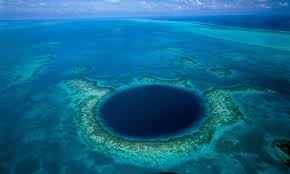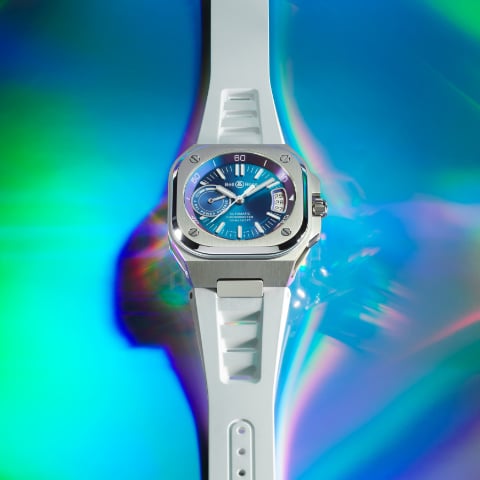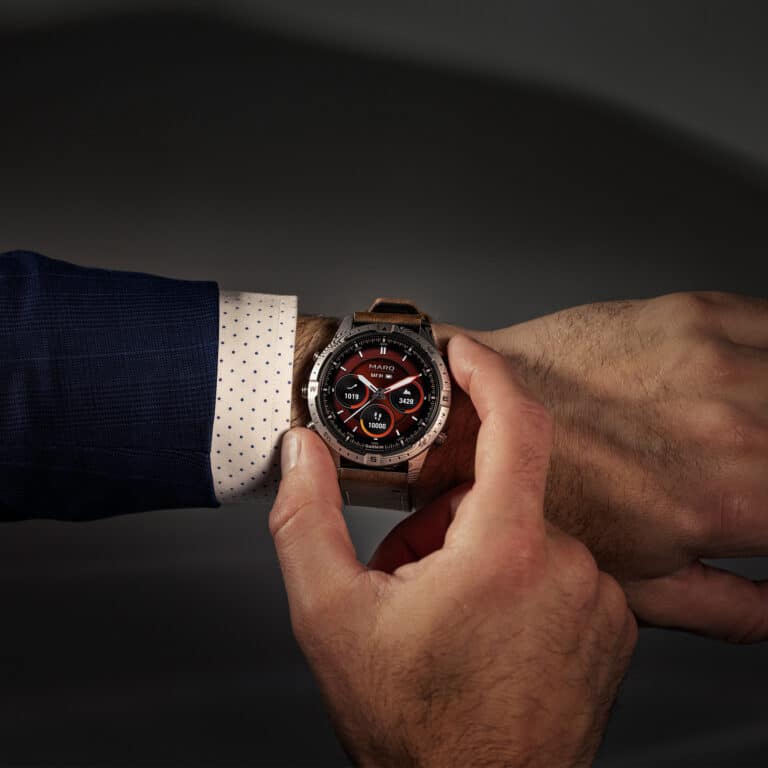 A “blue hole” has to be one of the most terrifying things a diver can encounter. As if diving weren’t already dangerous and difficult enough, these bottomless ocean pits offer a chance to really push the limits.
A “blue hole” has to be one of the most terrifying things a diver can encounter. As if diving weren’t already dangerous and difficult enough, these bottomless ocean pits offer a chance to really push the limits.
Located all over the world, blue holes aren’t quite bottomless, but they can extend to a depth of several hundred feet. Still, this is enough to give it its characteristic blackness. Light itself is unable to penetrate this far below the surface. The result is easily visible. In tropical, shallow waters such as those around the Bahamas, the sea appears light blue and clear to the diver. A blue hole interrupts this pristine environment; right on the bottom of the ocean, a giant pit yawns–an abyss.
All this doesn’t seem to bother free-diver Guillume Néry the slightest. His combination of two of the world’s most dangerous sports into one of the most inhospitable and dangerous environments speaks volumes to his courage, as well as to the ruggedness of the Ball Watch timepieces that accompany him on his daring feats. What are these two sports, you might ask? Free-diving requires a diver to descend into the deep without the benefit of air tanks. But Néry also incorporates elements of what’s known as base-jumping. Base-jumping is usually done from mountain peaks and ledges. The jumper wears an outfit which allows him to essentially fly.
Néry’s dives are viewable on YouTube, as well as on the Ball Watch Company’s website. Beyond the sheer amount of time the extreme diver’s required to hold his breath for, and the audacity required to plunge into the deepest ocean hole in the world, consider the physical pressure placed upon the diver’s body in such a short period of time. Every 33 feet equals approximately one atmosphere. All this pressure is subject to the watch as well, and it’s with justifiable pride that Ball Watch Company advertises its products on these grounds.




